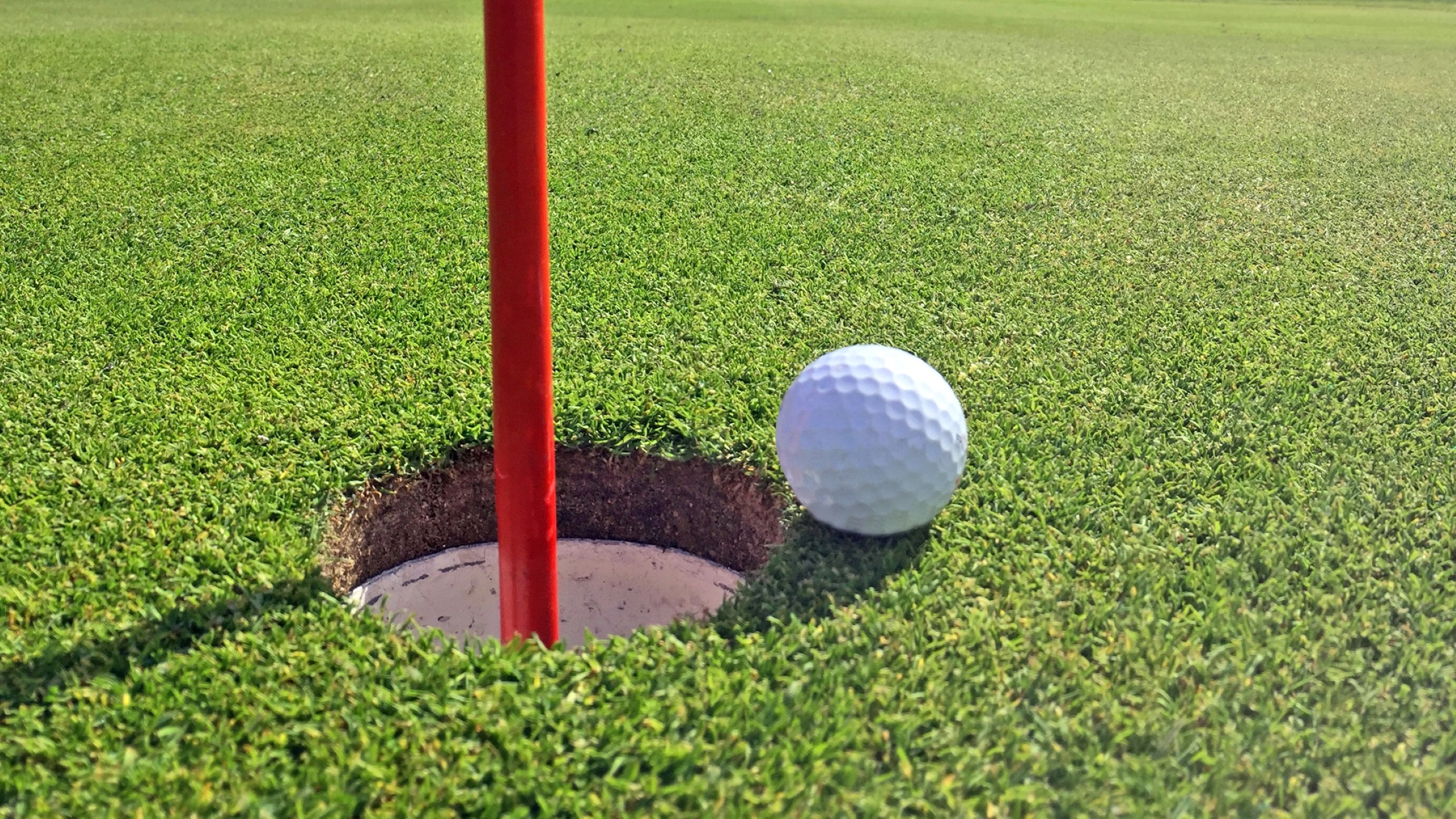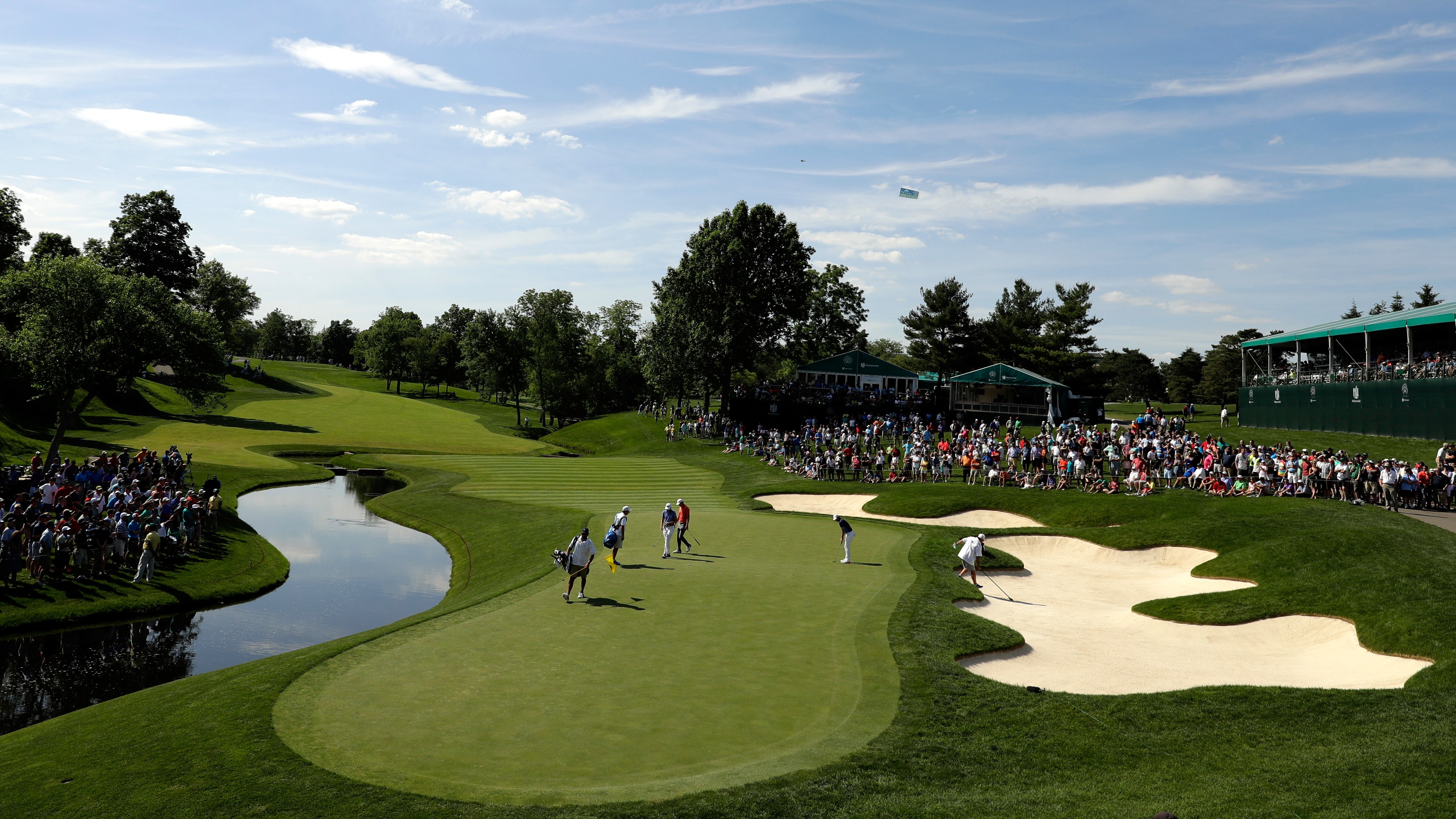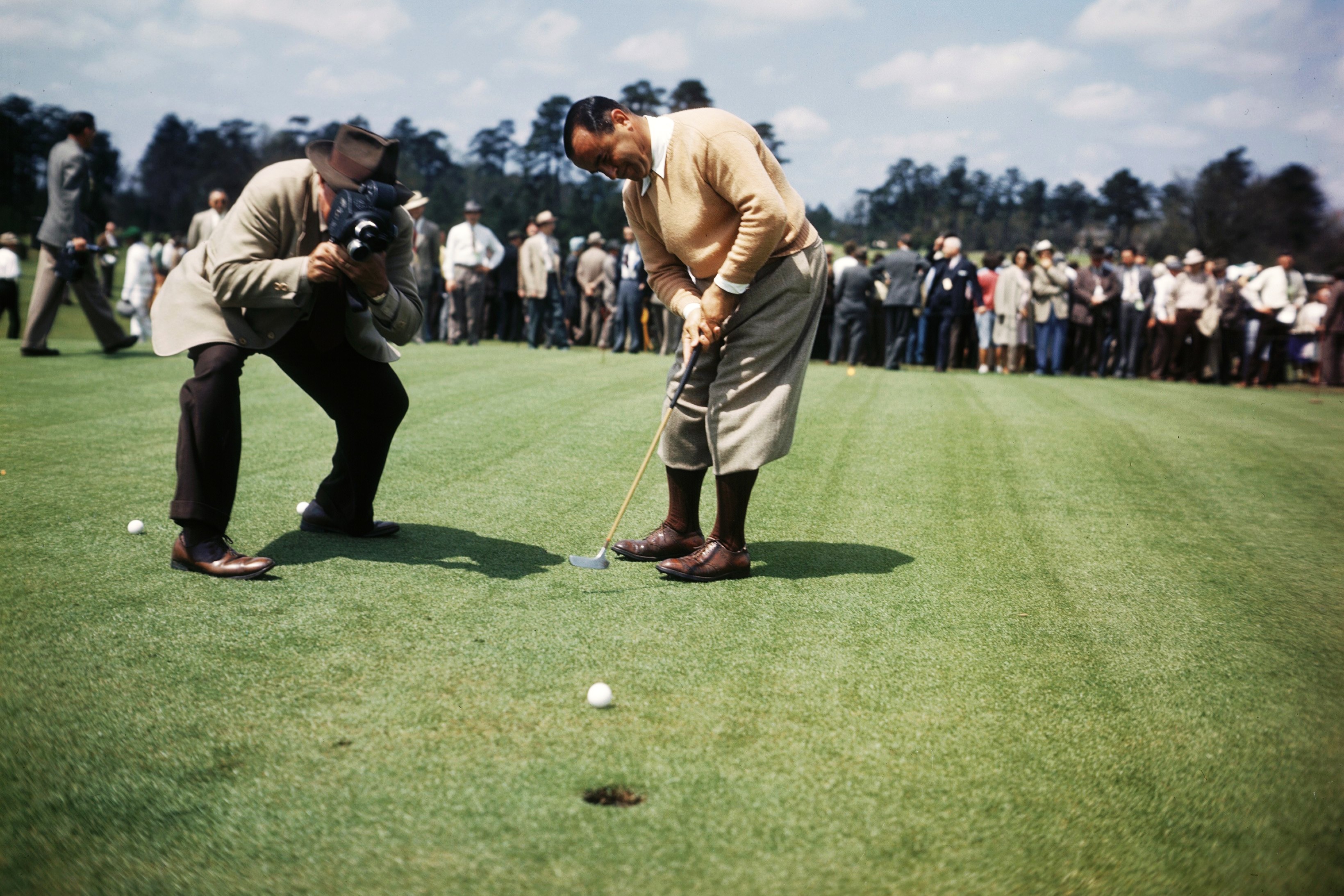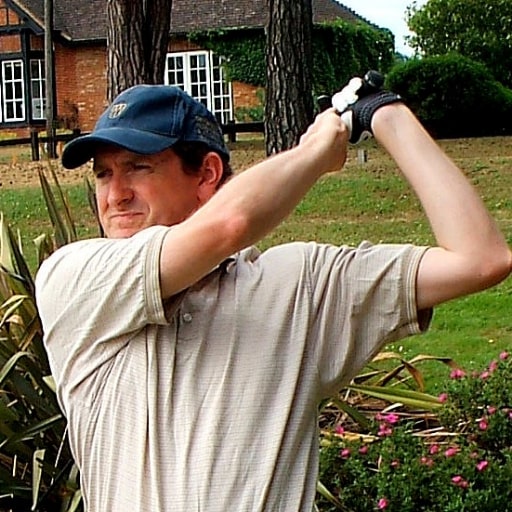Is It Time To Rethink The Size Of The Golf Hole? I Think So...
Are there advantages to every type of golfer in having a more flexible attitude to the size of the hole cup?


If I told you that the rules of golf are being changed to require every hole on every course in the world to be of the same length; that every bunker must have exactly the same dimension; that fairway widths must be uniform on every hole; and that putting surfaces be of the exact same shape worldwide, you would think either that I had gone mad or you’d be checking the date at the top of this article to see if it was published on April 1st.
Yet there is one dimension on a golf course – and one dimension only – that we accept unquestionably as having to be the same on every course everywhere in every circumstance. That is the size of the hole cup.
Why?
One of the beauties of golf is that it takes so many different forms in so many contrasting landscapes, courses of vastly different styles and, yes, dimensions. You can get a WHS index from playing a nine-hole course of 750 yards or from playing an 18-holer that stretches to 8,000 yards.
Everything can be different from one hole to another, and from course to another, except the actual dimension of the hole cut into the putting surface.
Golf at is was
It used not to be this way. Courses used to be able to determine their own hole diameters, just as they were able to decide where to cut the holes in the green, where to place the tee markers, where to position the bunkers, how to maintain various parts of the course, and all the rest of it.
They can still do all the rest of these things.
Subscribe to the Golf Monthly newsletter to stay up to date with all the latest tour news, equipment news, reviews, head-to-heads and buyer’s guides from our team of experienced experts.
But in 1891, The R&A decreed that the size of a hole cup was to be 4.25 inches, a size chosen after careful consideration and much mathematical modelling. Well no actually. It was because that was the diameter of an old bit of drainpipe that happened to be lying around at Musselburgh.
At some courses this new hole size was a vast reduction on what they had been used to playing to. Hole cup sizes of up to 7 inches in diameter had been used on some famous and highly regarded courses. Nor was the hole size necessarily the same on all 18 holes of these courses.
Only once in several decades of golfing can I remember playing a hole where the cup was anything other than 4.25 inches in diameter.
It was when a temporary green was in operation – a semi-random section of fairway with divots in it, where the ball did not run easily across the bobbly surface. As a way to make putting over this testing terrain less farcical, it had an extra large hole.
As an aside, and on the same principle, anyone ever thought about having a larger hole when a green has just been hollow tined?

Encouraging children into golf
Another scenario where a larger hole may be more appropriate is the beginners’ course. How are children taught golf – it’s rarely on the putting green, but on the driving range, where they are instructed in the swing basics.
Then then head out for their first game, often on a cheap and cheerful par-3 course and rack up a dispiritingly high score, mainly on the greens. Younger children especially often lack the concentration to putt competently.
A larger hole would better reward the good approach shot, the execution of the swing they have been taught. Give them a chance of making some pars to fire their enthusiasm and sense of achievement. Keep them interested and coming back.

Muirfield Village 14th hole
The course that Jack built
Jack Nicklaus has done did exactly this at Muirfield Village, putting on events with the holes 8 inches in diameter.
He explained: “The idea is to try to encourage juniors, women and elderly seniors to play and stay in the game. The juniors get instant gratification with that 8-inch hole.”
Nicklaus recognised that “The core golfer isn't going to want to play that, but I'm not interested in changing the game for the core golfer. We just want to introduce the game to more people, to keep people in the game and have them enjoy it. The game is supposed to be fun.”
When, at one 19th hole, I mentioned the idea of having a larger hole size, a chap opposite immediately jumped in with: “Ridiculous – where is the challenge in making a 12-foot putt then?”
Ignoring that he had not so much missed my point as not allowed it to be made, this got me thinking. I had not played with this fellow, but he was a 15 handicapper.
I also knew that with putts between 10 and 15 feet, those of the PGA Tour hole fewer than 1 in 3 of these on average. That is the best golfers in the world playing on some of the truest putting surfaces.
So I would hazard that this 15-handicapper rarely holes a 12-footer. A larger hole would make the challenge more relevant for him.
Anyway, if that was his only worry, then if the hole were enlarged by 50% in diameter the same challenge he believes he enjoys from 12 feet, would be replaced by those putts of 18 feet. The same challenge; the same almost certain miss.

Gene Sarazen putting in 1947
Greater rewards for the better putters
Some believe that a larger hole, rather than reducing the skill level required on the greens to win, would increase it.
Gene Sarazen was in favour of a larger hole, explaining that: “A crack player and one just average are playing. The average player puts his ball on the green, say, 20 or 25 feet from the cup. The expert is closer, say, 12 to 15 feet. But each will take two putts and halve the hole. If the cups were bigger, the average player still would take his two putts but the expert would knock his in.”
Larger holes would alter the nature of putting. Much of it is lag putting, defensive play to avoid a three-putt. But would a larger hole encourage more players to actually try to hole their longer putts? Would it make the play more attacking, more interesting?
Speed of play
Would a large hole cup increase the speed of play, not only in fewer putts, but by people keeping the flagstick in?
A rules change to allow putting with the stick in was designed to speed up play. Often it does the opposite as some in the group want to putt with it in; some with it out. So players go to and fro to the hole, taking out and putting in the flag, with attendant wear on the immediate hole surrounds.
Could a larger hole persuade more golfers to keep the pin in and so speed up play? Their main gripe, that the flagstick takes up too large a proportion of the hole space thus impeding the ball dropping, would be weakened. Indeed, could they now even accept being required to do so by the rules?
I am not advocating a universal increasing of the hole size. But golfers are often keen to try new formats as a way to spice up a game on a familiar course – five-club challenges, hickory club competitions and the like. So why not occasionally look at holding a competition with a larger hole cup?
Contributing Writer Roderick is the author of the critically acclaimed comic golf novel, Summer At Tangents. Golf courses and travel are Roderick’s particular interests. He writes travel articles and general features for the magazine, travel supplement and website. He also compiles the magazine's crossword. He is a member of Trevose Golf & Country Club and has played golf in around two dozen countries. Cricket is his other main sporting love. He is also the author of five non-fiction books, four of which are still in print: The Novel Life of PG Wodehouse; The Don: Beyond Boundaries; Wally Hammond: Gentleman & Player and England’s Greatest Post-War All Rounder.
You must confirm your public display name before commenting
Please logout and then login again, you will then be prompted to enter your display name.
